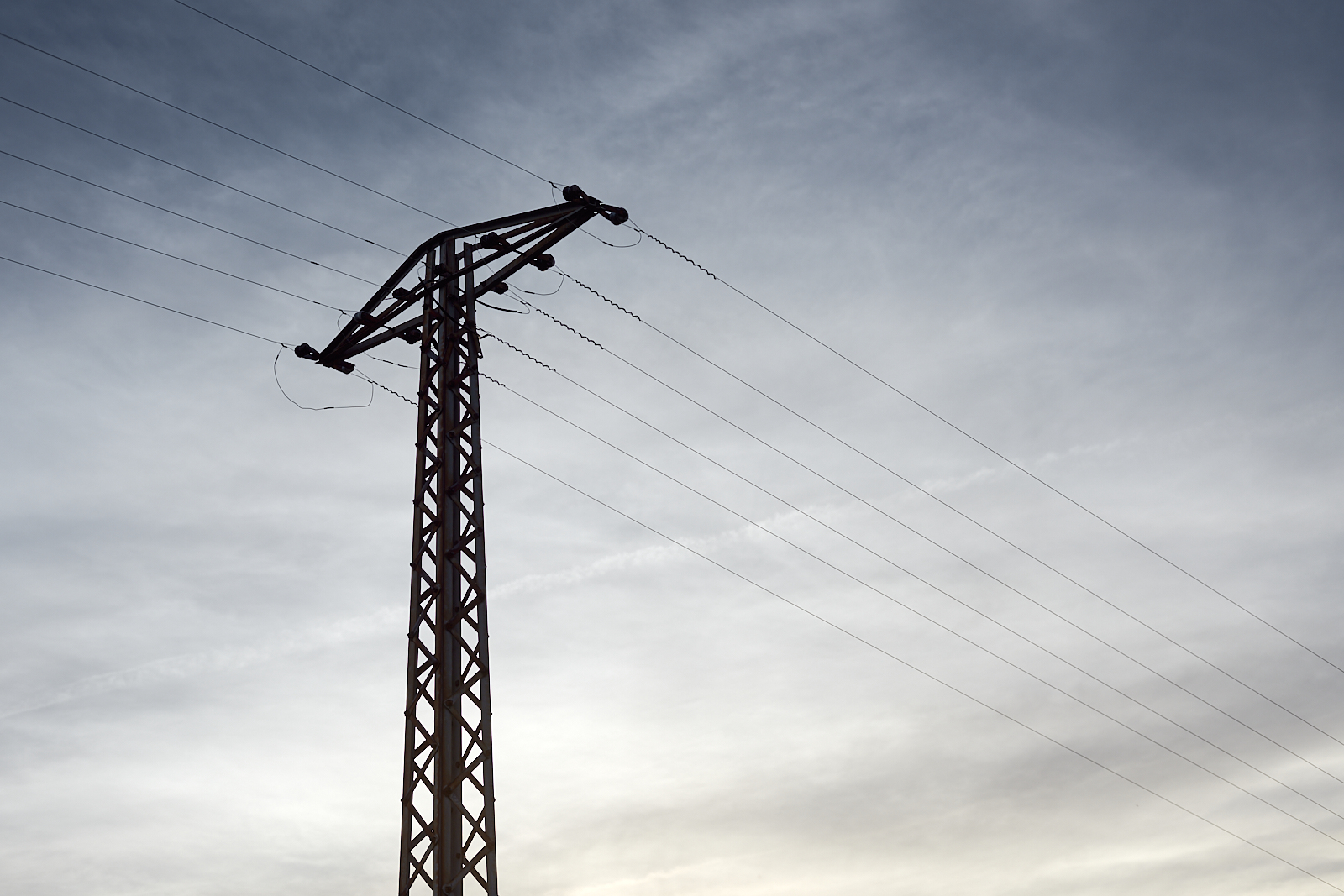In 1974 Susan Sontag published her “Shooting America,” which included a critique of Bob Adelman’s Down Home and Michael Lesy’s Wisconsin Death Trip. Along with Sontag’s reflections on documentary photographers’ predilection for the poor, she comments on the growing preference for “raw unliterary record” in both photography and writing. The emerging literary taste for “unedited talk of people into tape recorders, fragments of subliterary documents” is reflected for Sontag in the growing preference for raw, unedited photographs. 1 What links the two, for Sontag, is a false hope that the unedited, the unliterary, the raw produces photographs and prose that are somehow more true to reality. She links this hope to a Surrealist mandate that considers everything real, everything beautiful.

Sontag doesn’t explicitly connect this preference for the raw and unedited, the Surreal, to the constant “discovery” of undiscovered, forgotten, or unsung photographers, but in her lament she implies that the then growing predilection for unliterary and raw photography created and nourished the market for otherwise unknown photographers.
The preferences Sontag noted in 1974 seem to have become more pronounced since then. With considerable regularity we read about the discovery this or that photographer whose photos, we are told, represent a treasure trove of historical reality. We have inserted ourselves into the narrative because we have “saved” the unknown photographer’s archive from the trash bin or from the garage sale or the thrift store. In that way, we have appropriated for ourselves an active role in saving history. Our heightened sensitivities have allowed us to recognize the value of some box of old photographs and thereby to avert the disaster caused by its loss. But what was at risk of loss? What have we saved? And why was it worth saving? Maybe some things simply should be discarded….

- Sontag sharpens her critique when she revised “Shooting America” and published it as “Melancholy Objects” in her On Photography (1977). ↩︎